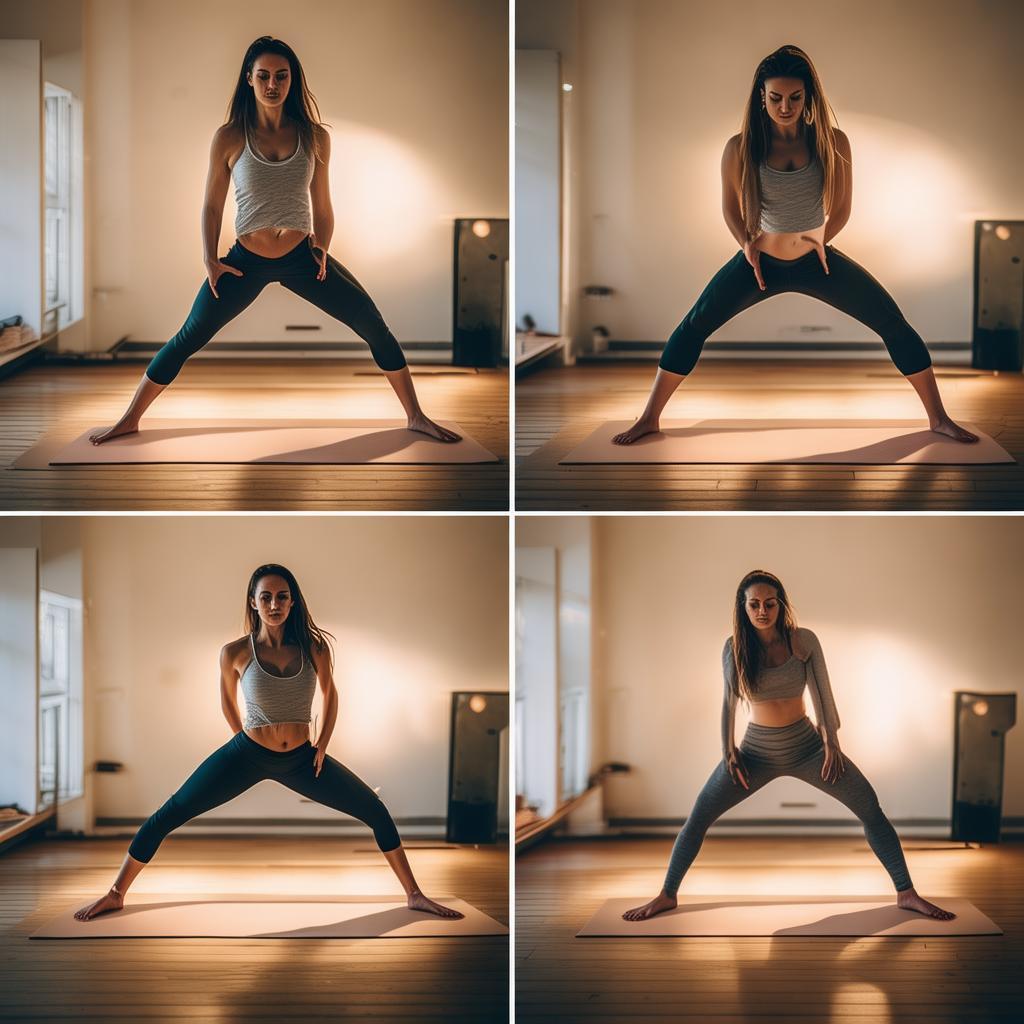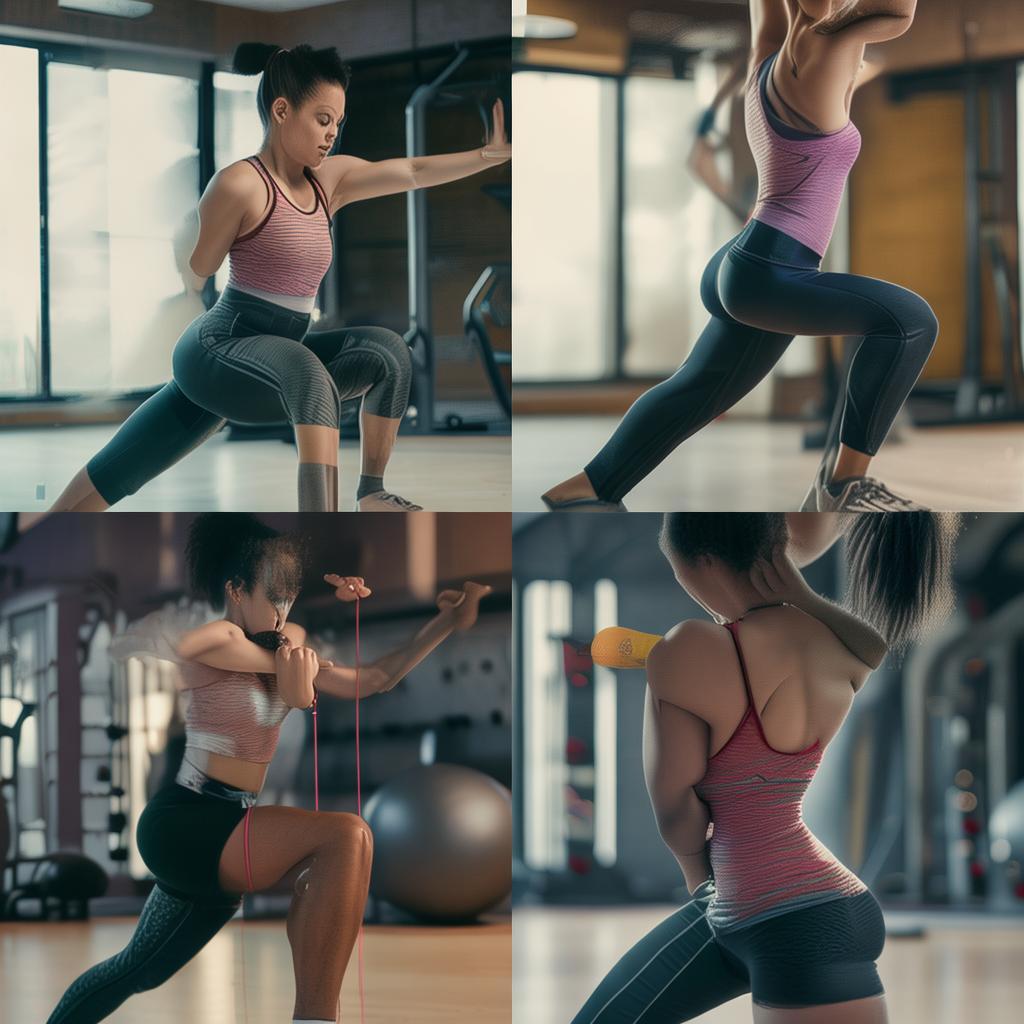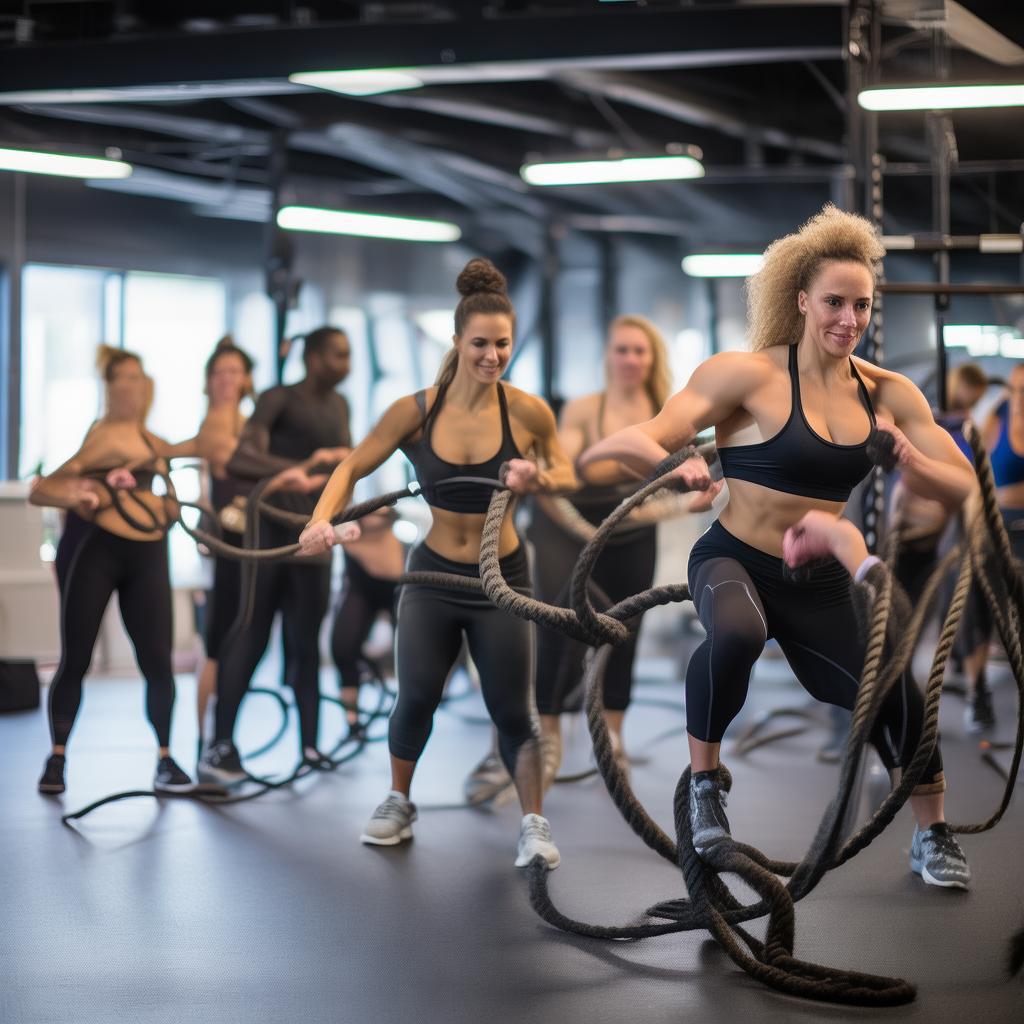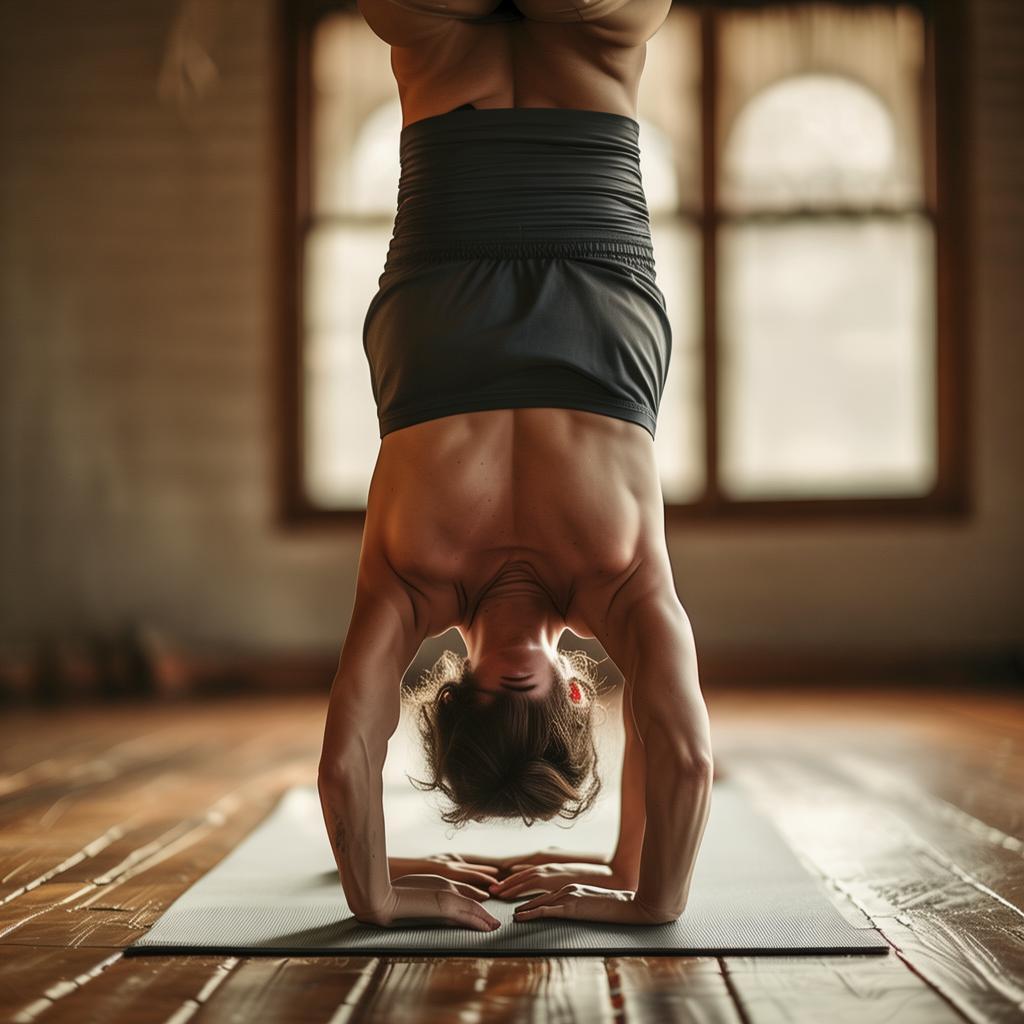Introduction to Ashtanga Vinyasa
Ashtanga vinyasa is a precisely – crafted sequence of poses that gradually increase in intensity. It is divided into several series, namely worship postures, standing postures, seated series, and ending series. There are specific key poses in the ashtanga beginner sequence that play a crucial role in helping practitioners progress to the next pose and ultimately to the intermediate series.
The Significance of the Beginner’s Series
The beginner’s series of ashtanga vinyasa is known as yoga chikitsa, which means ‘yoga therapy’ in Sanskrit. This sequence is designed to help the body get rid of physical ailments. Since many modern – day ailments stem from diet, most of the poses in the primary series involve forward folds. These forward folds compress the digestive organs and stretch the back of the spine. Moreover, the primary series emphasizes the alignment of the thoracic spine, as opposed to the intermediate series which focuses more on the secondary curves of the cervical and lumbar spine.
Standing Hand Grasp Toe Stretch (Utthita Hasta Padangustasana)
This standing pose comes after the bhajana and is aimed at stretching the legs. It is a challenging balancing pose that requires holding for 15 breaths without any transitions. Maintaining balance for such a long time is a key aspect of this pose, demonstrating both physical and mental strength. When the leg is fully extended, it enhances the flexibility of the hamstrings. Also, it is essential to engage bandhas, drishti, and ujjayi breathing during this pose to gain its full benefits.
Marichyasana D
Marichyasana d is a rather complex pose and is the culmination of a series of binding and twisting poses. The seated poses in the main series mainly focus on the spine, and marichyasana d is a deep twist. One leg is in half – lotus pose, while the other leg is internally rotated in a half – squat position. After twisting, the arms are wrapped around the legs. Due to its complexity, it is best practiced slowly under the guidance of an experienced teacher, especially for those with knee injuries who may need to be cautious or make modifications. Mastering this pose is important for moving on to the second series, as the second series begins with a lasso pose, which is a squatting pose with leg – twisting and binding. Placing one leg in half – lotus helps prepare for the more difficult lasso pose, and the twisting involved in this pose is an important part of ashtanga yoga, with right – side twisting said to stimulate the colon and the half – lotus foot position aimed at stimulating the liver and spleen for an additional cleansing effect.
Sleeping Turtle Pose (Supta Kurmasana)
For some individuals, it may take years to master the sleeping turtle pose. In this pose, one folds forward with the legs overhead and the hands tied behind the back. It is the pinnacle of the beginner’s series and is important as it serves as the basis for most foot – wrapping – around – the – head poses. In the second series, there are three such poses that become increasingly challenging. The ability to move into supta kurmasana, either with or without a teacher’s help, indicates that the hips and spine are ready for the intermediate series.
Wheel Pose
Backbends are the final part of the ashtanga sequence. No matter which sequence is practiced, the final backbend is indispensable. Although most of the main series consists of forward folds, the final pose, the bridge pose, prepares the body for the backbend and enlivens the movements in the second series. The backbend is unique as it is both a spinal extension and an inversion, activating the main curve in the opposite direction and thus helping to balance all the forward bends. Mastering the wheel pose is crucial. Initially, one should practice the wheel pose on the floor, and eventually, move on to taking the wheel from a standing position down and then backwards, which can indicate readiness for more advanced backbends in the second series.
In conclusion, each pose in the ashtanga sequence must be mastered before proceeding to the next one, as this will make subsequent poses easier to perform.





